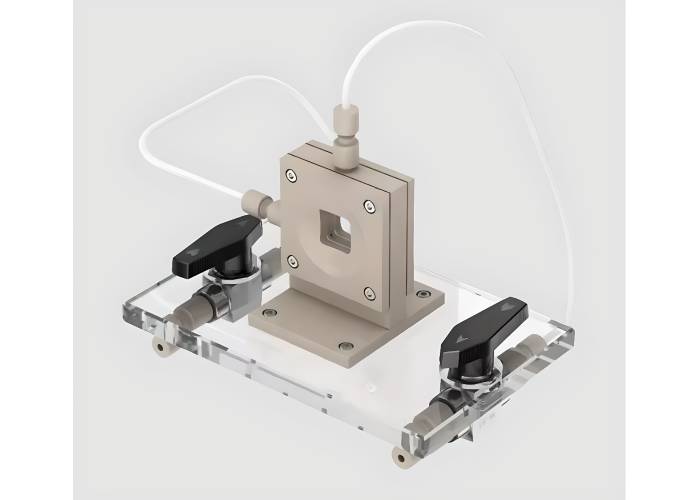In-Situ & Operando Electrochemical Cells
Custom-designed cells for in-situ and operando electrochemistry, enabling real-time Raman, UV–Vis, X-ray, and Mass Spectrometry analysis of catalytic, battery, and corrosion processes under true reaction conditions.
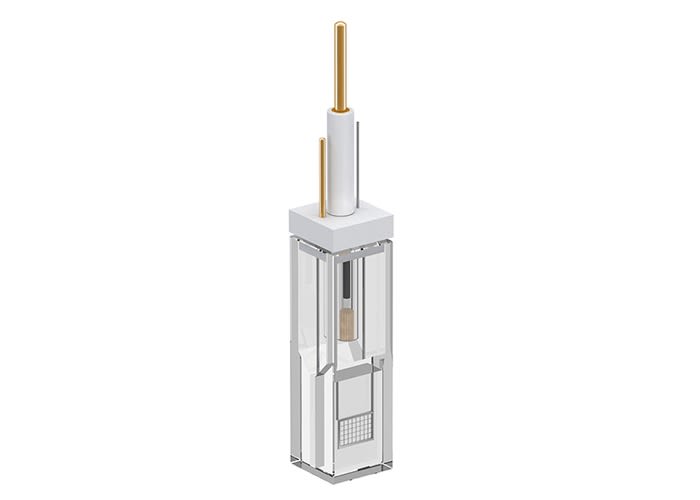
Spectroelectrochemical Cell

In-Situ Mass Spectrometry Flow Electrochemical Cell
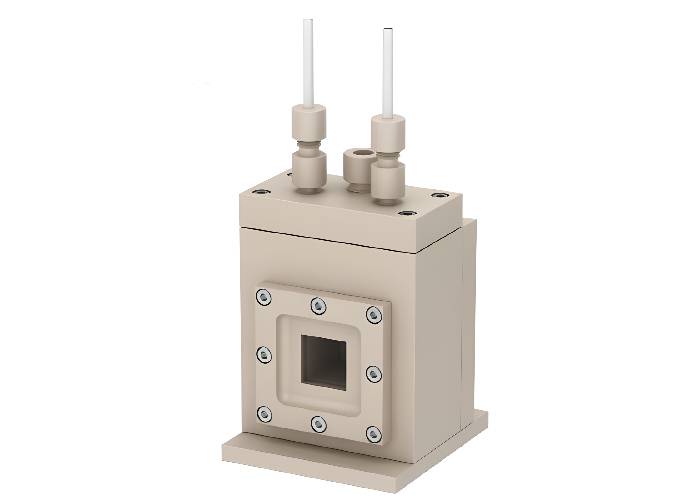
In-Situ X-ray Absorption Spectroscopy (XAS) Reaction Cell — Single-Cell
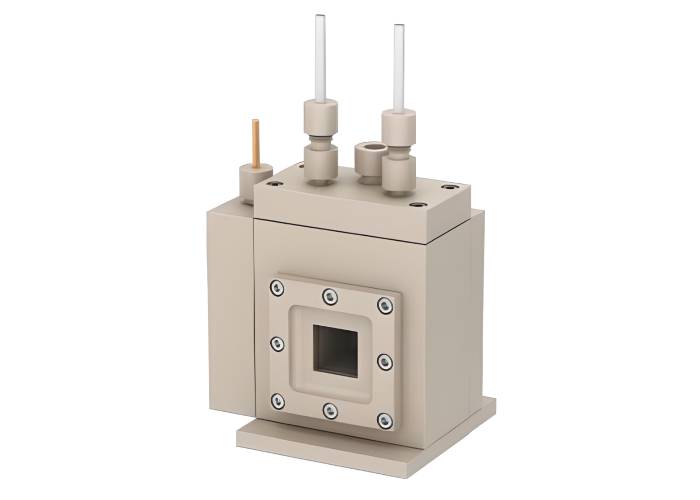
In-Situ XAS H-Cell — Dual-Compartment with Membrane

In-Situ Battery XRD Test Cell (for Japan Rigaku XRD mini)
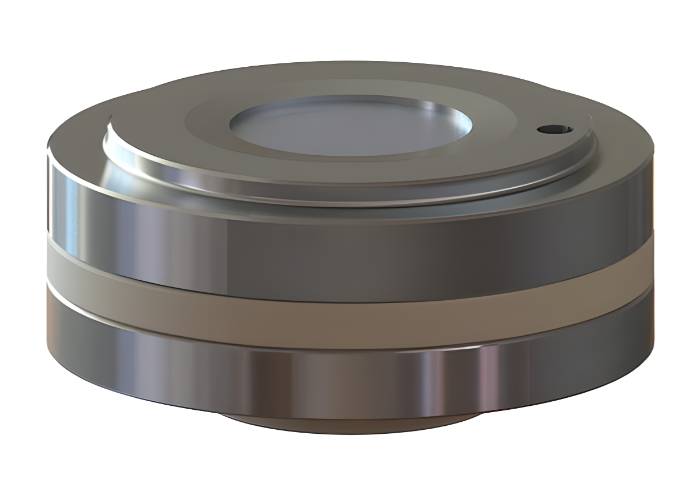
In-Situ Battery XRD Test Cell (for Bruker D2)

In-Situ Battery XRD Test Cell (for Japan Rigaku XRD full)
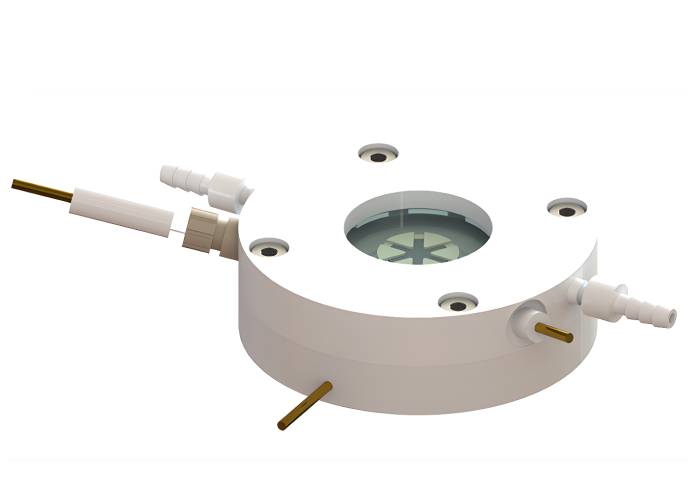
In-Situ Raman Spectroelectrochemical Cell – REC 01
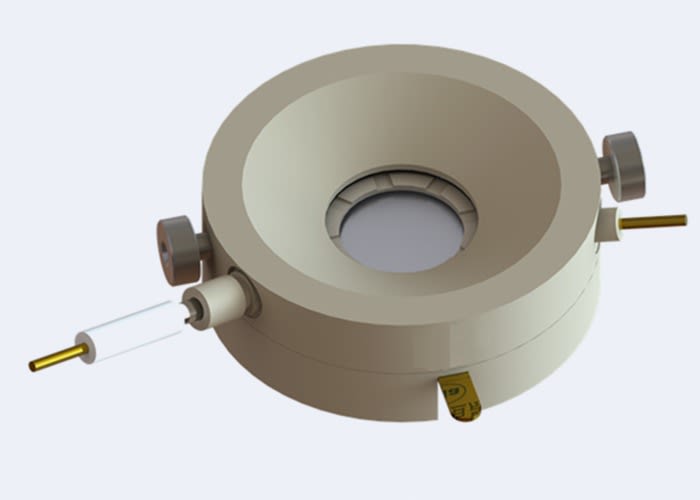
In-situ Raman Spectroelectrochemical Cell – REC 02

In-situ Raman Spectroelectrochemical Cell – REC 03

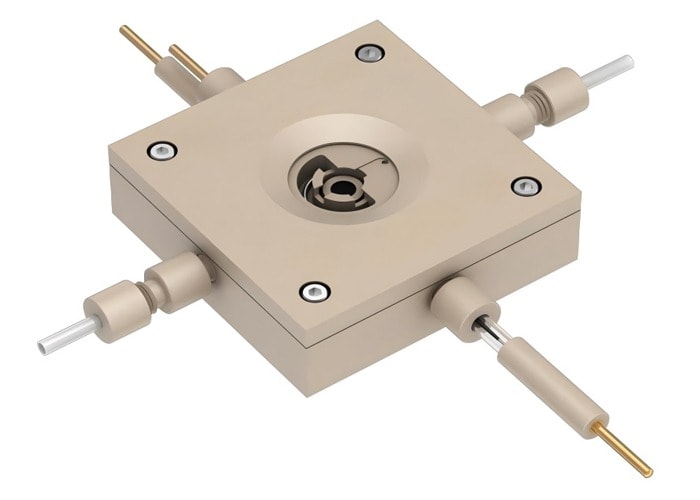
In-situ Raman Spectroelectrochemical Cell – REC 05

In-situ Raman Battery Test cell (2-electrode, without ventilation) – REC 06
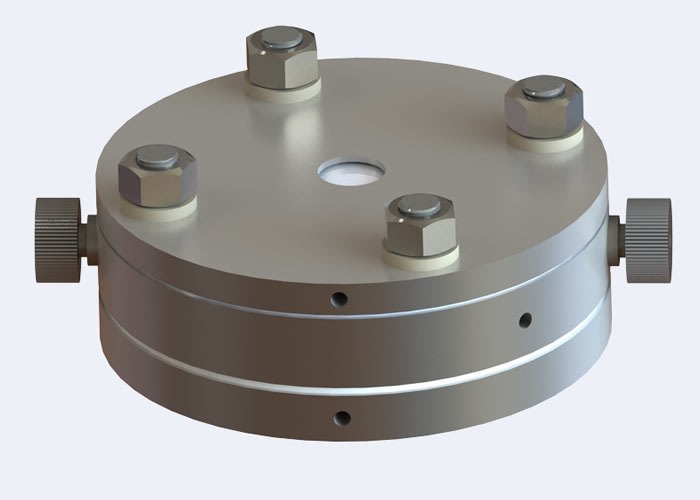
In-situ Raman Battery Test cell (3-electrode) – REC 07
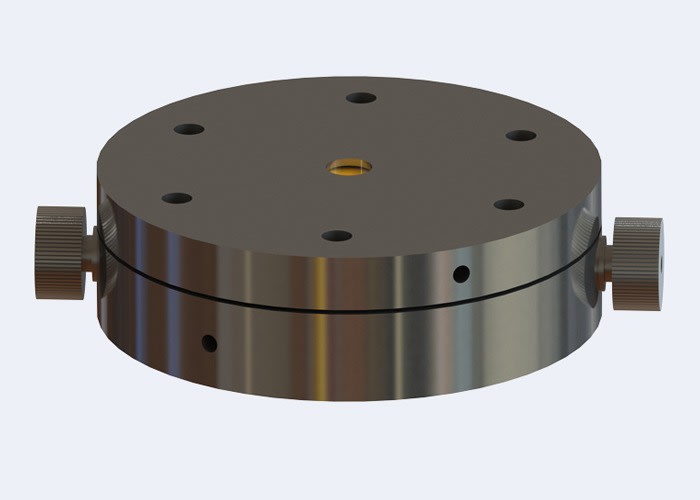
In-situ Raman Battery Test cell(2-electrode+ventilation) – REC 08

In-situ Raman Battery Test cell (2-electrode+ventilation+cathode protection) – REC 09
In-Situ & Operando Electrochemical Cells
Overview
ScienceGears offers a comprehensive range of in-situ and operando electrochemical cells engineered for simultaneous spectroscopic, analytical, and electrochemical measurements. These advanced systems enable real-time correlation between potential-controlled processes and structural, optical, electronic, or gas-phase changes — ideal for electrocatalysis, energy-storage research, corrosion studies, and materials development.
Each cell is precision-machined for compatibility with Raman, UV–Vis, X-ray absorption (XAS), and Mass Spectrometry (MS) techniques, ensuring stable operation across aqueous and non-aqueous environments. Used widely by research laboratories across Australia and New Zealand, these instruments integrate seamlessly with potentiostats, Raman microscopes, UV–Vis spectrometers, mass spectrometers, and synchrotron beamlines.
Key Features
- In-situ and operando compatibility – perform simultaneous spectroscopic and electrochemical measurements in real time.
- 2- and 3-electrode configurations – standard WE, RE, and CE ports with optional Luggin capillary.
- Optical/X-ray window options: Quartz, Sapphire, FTO/ITO glass, or Kapton® film.
- Mass Spectrometry interface option – direct gas outlet or membrane connection for real-time product detection.
- Corrosion-resistant materials: PTFE, PEEK, Glass, and Stainless Steel.
- Modular design – rapid assembly, cleaning, and electrode replacement.
- Supports static, flow, gas-phase, and pressure-controlled operation.
- Instrument compatibility: Zahner, CorrTest, Squidstat, and all standard Raman, UV–Vis, MS, and XAS systems.
- Applications: HER, OER, CO₂ reduction, gas evolution, battery diagnostics, and synchrotron studies.
Technical Specifications
| Specification | Detail |
|---|---|
| Cell Type Options | Raman, Spectroelectrochemical (Optical Cuvette), XAS Reaction, and Mass Spectrometry Flow Cells |
| Optical/X-ray/MS Interface | Quartz / Sapphire / Kapton / Custom membrane or outlet |
| Body Material | PTFE, PEEK, Glass, or SS316 |
| Electrode Configuration | 2 or 3 Electrodes (W, R, C) |
| Reference Electrode Port | Standard with optional Luggin capillary |
| Compatibility | Upright & Inverted Raman Microscopes, Mass Spectrometers, Synchrotron Stages |
| Sample Types | Powders, Thin Films, Bulk Electrodes |
| Operation Mode | Static / Flow / Gas / Pressure-Controlled |
| Sealing Method | O-ring Compression or PTFE Thread Seal Design |
Applications
- Hydrogen and Oxygen Evolution Reactions (HER/OER)
- CO₂ Electroreduction (CO₂RR) and Gas-Product Quantification
- Electrocatalyst and Corrosion Studies
- Battery and Supercapacitor Interface Analysis
- Photo- and Spectroelectrochemical Research
- Operando Raman, UV–Vis, XAS, and MS Mechanistic Investigations
Available Models
Raman Spectroelectrochemical Cells (REC Series)
REC-01 – REC-09: purpose-built for Raman-electrochemical coupling.
- REC-01: Entry-level Raman cell for solid electrodes and general studies.
- REC-02: PEEK body, ~3 mm optical gap — ideal for FTO/ITO substrates.
- REC-03 / REC-04: Custom optical alignment and fixed geometry variants.
- REC-05: Flow cell with inlet/outlet ports (~30 mL volume).
- REC-06: Two-electrode battery cell without ventilation.
- REC-07: Three-electrode cell with electrolyte flow ports — battery cycling ready.
- REC-08: Ventilated two-electrode design for gas-exchange experiments.
- REC-09: Ventilated two-electrode with cathode protection for Li systems.
Spectroelectrochemical Cell (Optical Cuvette Type)
Quartz cuvette-style cell for UV–Vis, fluorescence, or Raman measurements under electrochemical control.
Compatible with transparent ITO/FTO electrodes for absorption or emission studies.
👉 View Spectroelectrochemical Cell →
In-Situ X-Ray Absorption Spectroscopy (XAS) Cells (XAFC Series)
- XAFC-1: Single-cell PEEK reactor with Kapton® window for synchrotron beamlines.
- XAFC-2: Dual-compartment H-cell with membrane separation for anode/cathode isolation.
- XAFC-3: Gas-phase variant for operando XAS under flowing reactive gases.
In-Situ Mass Spectrometry Flow Electrochemical Cell
The In-Situ Mass Spectrometry Flow Electrochemical Cell couples electrochemical control with real-time gas analysis for operando mass spectrometry (DEMS or MIMS) studies.
A three-electrode, flow-through design enables detection of gaseous and volatile reaction intermediates during electrocatalysis, CO₂ reduction, fuel oxidation, and battery gas-evolution experiments.
👉 View In-Situ Mass Spectrometry Flow Electrochemical Cell →
Frequently Asked Questions (FAQ)
What is an in-situ & operando electrochemical cell?
It’s a specialised reactor that integrates electrochemical control with optical, X-ray, or mass spectrometric measurements to track structural and chemical changes during reactions.
Which techniques are supported?
Raman, UV–Vis–NIR, IR, XAS, and Mass Spectrometry (DEMS/MIMS) for operando kinetic and mechanistic investigations.
Can I perform three-electrode measurements?
Yes. All ScienceGears cells include dedicated ports for working, reference, and counter electrodes with optional Luggin alignment.
Are these cells compatible with my potentiostat or spectrometer?
Absolutely. ScienceGears cells work with Zahner, CorrTest, Squidstat, Horiba, Renishaw, JINSP, and most commercial Raman, XAS, and MS systems.
What materials and windows are available?
PEEK, PTFE, Glass, and Stainless Steel with Quartz, Sapphire, FTO/ITO, or Kapton® windows. Custom combinations available for Raman, UV–Vis, X-ray, and MS coupling.
Can I use organic or corrosive electrolytes?
Yes. All ScienceGears cells are fabricated from chemically inert materials rated for aggressive aqueous and organic systems.
Which models are ideal for battery or gas studies?
REC-07, REC-08, REC-09, and the In-Situ Mass Spectrometry Flow Electrochemical Cell are optimised for gas evolution and battery interface monitoring.
What is the typical optical or flow path?
Optical gaps range from ~0.3 mm (REC-07/09) to ~6 mm (REC-02), while MS flow channels typically range from 1–10 mL for steady-state product analysis.
Summary
ScienceGears’ In-Situ & Operando Electrochemical Cell Series brings together Raman, UV–Vis, X-ray, and Mass Spectrometry capabilities in one integrated portfolio. From compact Raman setups to synchrotron-grade XAS and operando MS flow cells, each model is built for precision, stability, and reproducibility. Whether studying catalytic intermediates, performing battery cycling with real-time Raman or gas analysis, or probing oxidation-state transitions under X-ray illumination, ScienceGears delivers research-grade instruments trusted across Australia and New Zealand.

